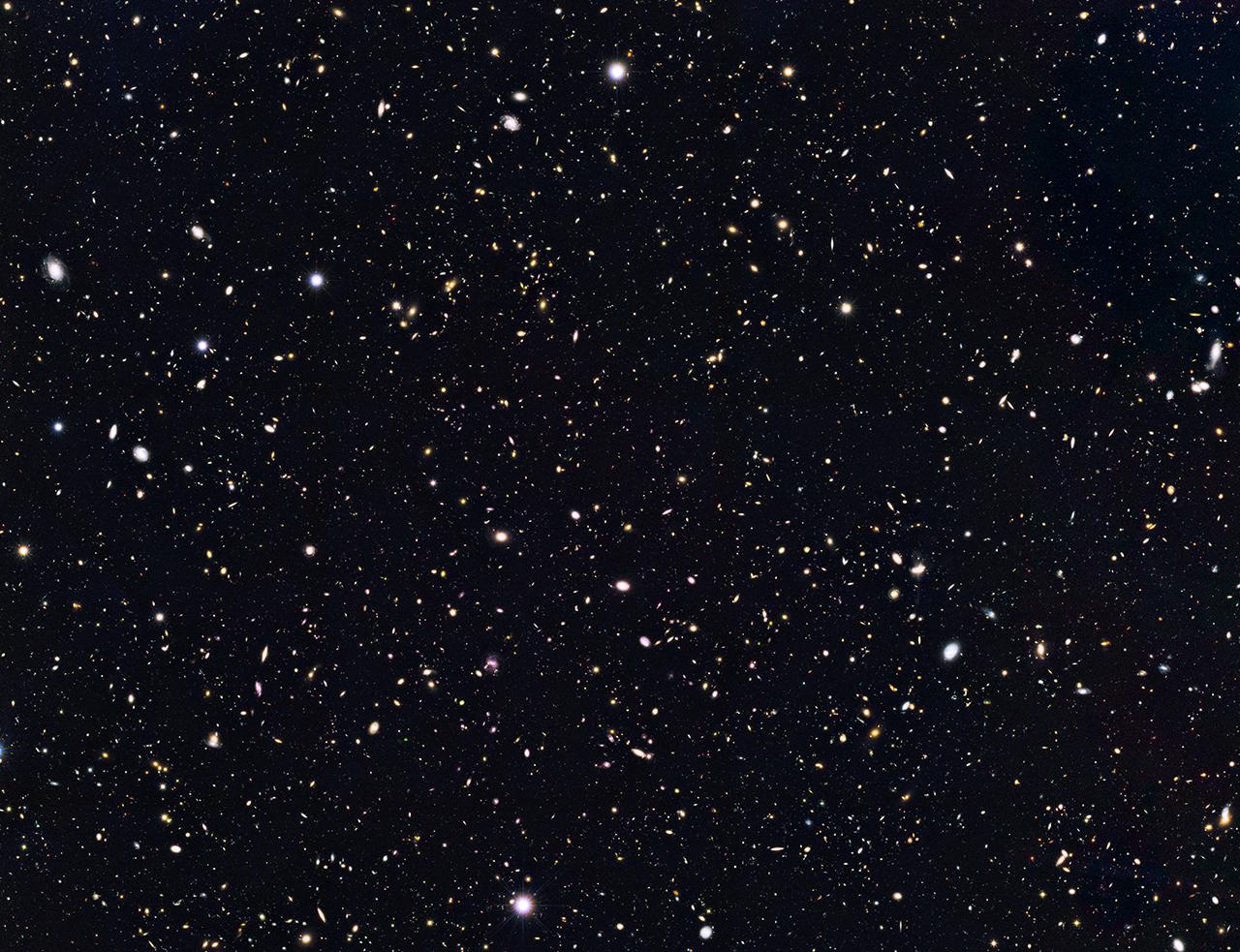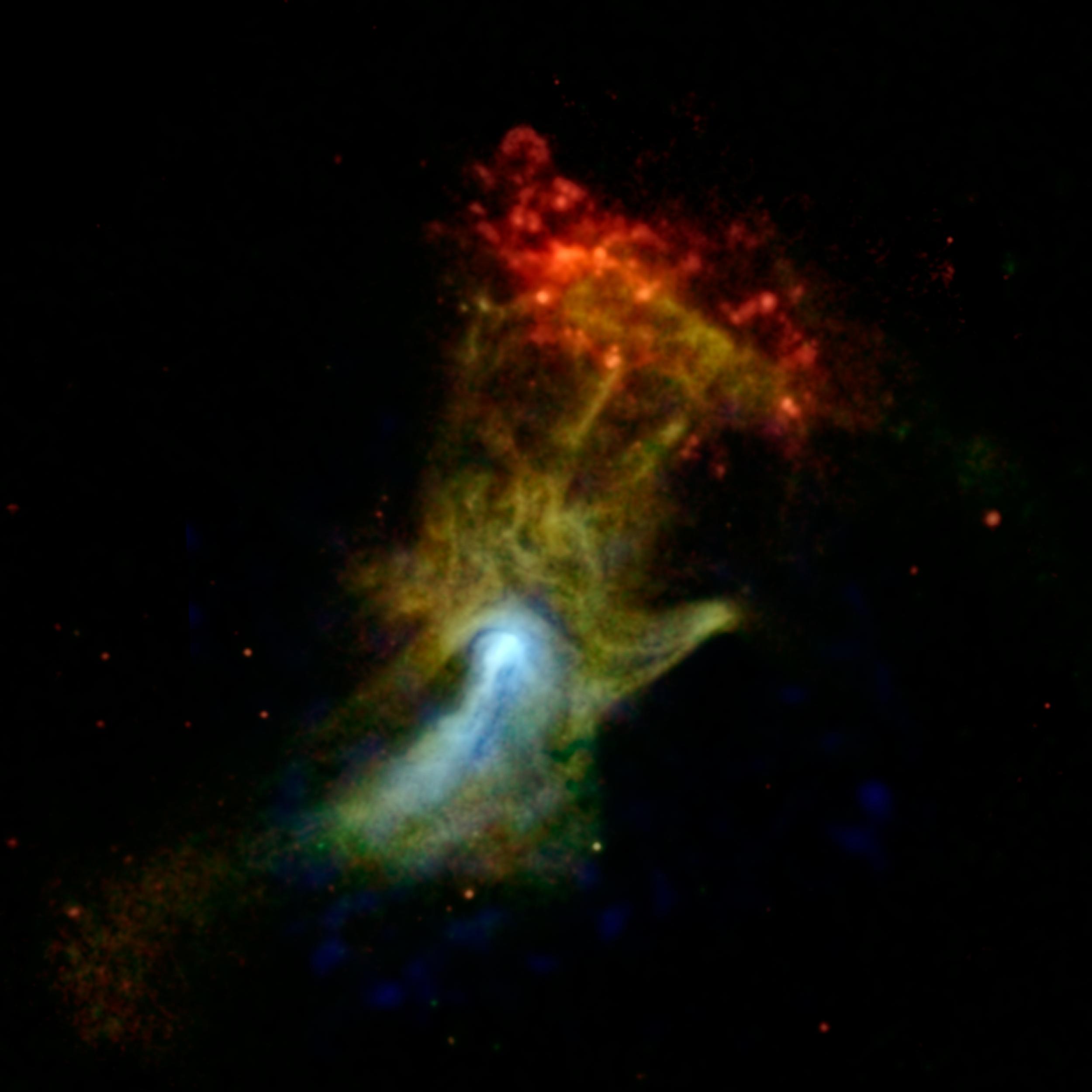ESO's Very Large Telescope has been used to create the first ever map of the weather on the surface of the nearest brown dwarf to Earth. An international team has made a chart of the dark and light features on WISE J104915.57-531906.1B, which is informally known as Luhman 16B and is one of two recently discovered brown dwarfs forming a pair only six light-years from the Sun.
The figure shows the object at sixteen equally-spaced times as it rotates once on its axis.
Illustration credit: ESO/I. Crossfield
Note: For more information, see First Weather Map of Brown Dwarf.























